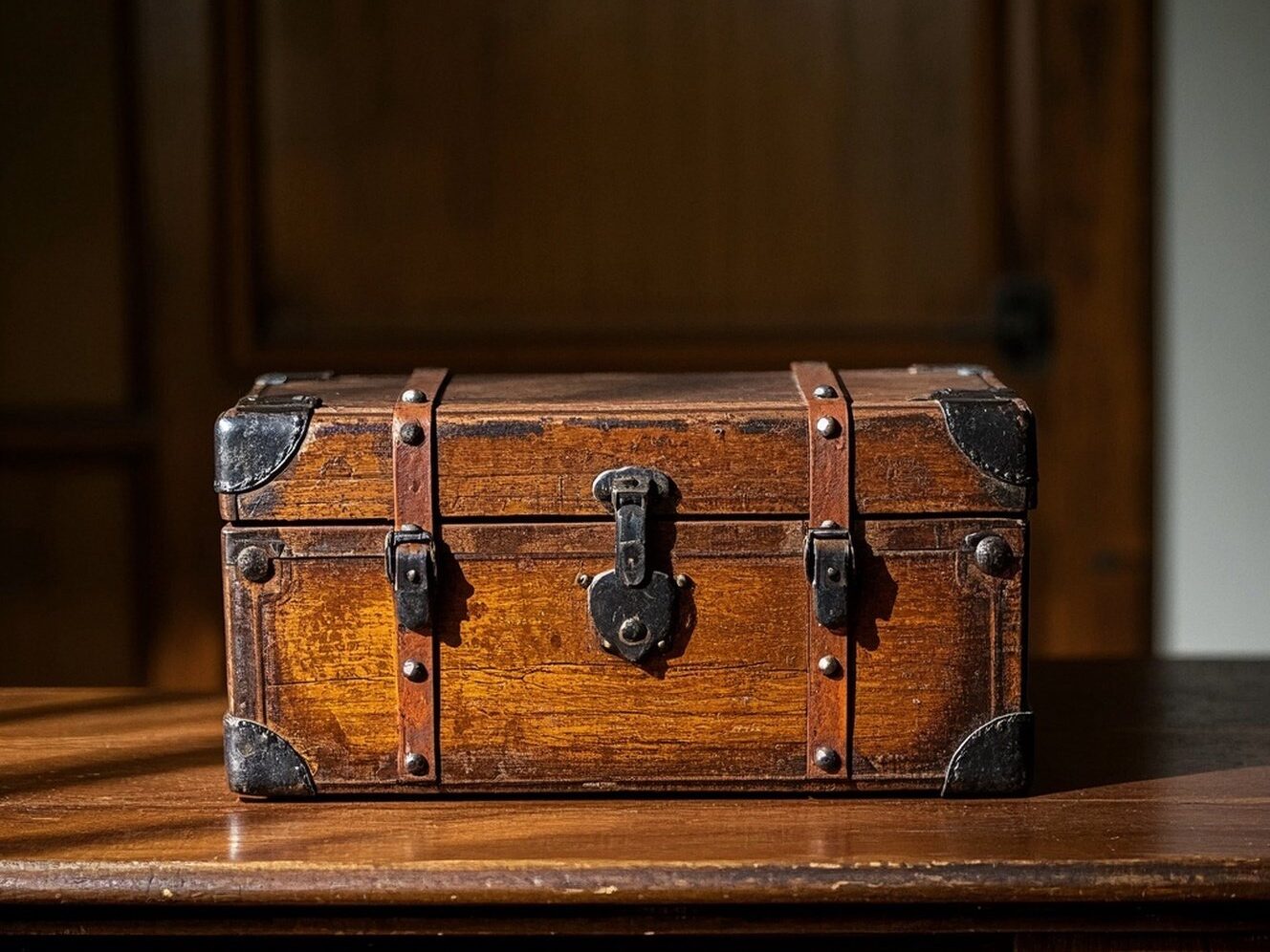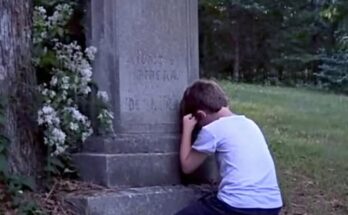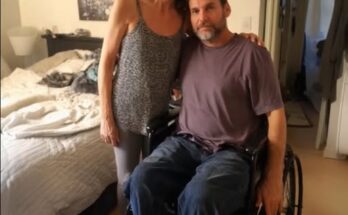When my mother-in-law died, I felt a strange sense of relief. No kind words, no gifts, just cold silence every time we crossed paths. So at the funeral, when my husband quietly passed me a small box with a trembling, “She said you must open it today—alone,” my heart skipped.
Late that night, when the house was still and our son was finally asleep, I held the box and stared—part curiosity, part dread. Inside: a delicate silver necklace with a tiny sapphire pendant, vintage-looking, even. On the back, I noticed faint initials: L.T.—my initials. How?
There was also a note. In her sharp handwriting, addressed to me.
“If you’re reading this, I’m gone. And if you’re reading it, that means I finally grew a spine… I was wrong about you. All along.”
She admitted to resenting me—not for who I was, but what I reminded her of: a younger version of herself, bold and ambitious. She’d given that up for marriage, for decorum, for people who never said thanks. “I feared my son would ruin you the way his father ruined me,” she wrote.
Tears blurred my vision as I read further. The necklace had once belonged to a lover named Lucas—“L” was for him, “T” she added for the daughter she never had. “In a strange way… I see her in you.”
I didn’t sleep that night.
At breakfast the next morning, wearing the necklace, my husband looked stunned. “She gave you that?” he asked, quietly. I nodded. No more words.
A week later, her lawyer contacted us. Among the few modest valuables she left—not just her house and a little savings, but a special envelope with a key. “It says ‘She’ll know what it’s for,’” the lawyer said.
The attic door came to mind—years ago, I’d stumbled on it and she snarled, “Don’t go near it.” Now, with the key in hand, I had to know. We drove there. The house felt emptier, but calmer. The attic door yielded easily.
Inside: cedar-scented dust and an old trunk. Journals—leather-bound and spiral—dated back to 1973. Her private confessions: how trapped she felt, how she missed painting, how she longed to go to Paris. She refused to disappear, but felt she had.
One journal, from 1984, revealed Lucas and how she kept the necklace as a reminder of who she’d once been.
I spent hours in that attic. When I finally told my husband, I simply said there were journals—no more. He understood.
Driven by something I couldn’t name, I submitted one of her paintings—a soft watercolor of a lone woman in a garden—to a local art exhibit… under a fake name. It was accepted and praised as “quietly heartbreaking.” Two more followed. Eventually, a small gallery asked for the artist. I confessed: “She was my mother-in-law. She passed recently. These were in her attic.”
Soon, her art was on display. People wept. They saw themselves in her muted loneliness.
Then came another letter from the lawyer: a $40,000 check in a hidden safety deposit box, with a note:
“If you ever decide to chase your own dream, this is my way of helping. Don’t tell my son. He’d never understand. But you… you have something.”
I used it to open a modest gallery downtown—The Teardrop, named after the necklace. A sanctuary for overlooked artists, especially older women who never dared to be seen. It flourished: women who secretly painted after bedtime, who felt invisible, who finally found a voice.
I realized she never hated me. She hated how life hardened her. I was her mirror. And she finally faced it—not through apologies, but by leaving a legacy of vulnerability and art.
Three years later, the necklace rests on my collarbone, still. The journals are archived in a quiet corner of our gallery for anyone who wants to read. My husband came—stood before that garden painting, whispered, “I never knew she felt this way.”
Neither did I.
But now, the world knows.
Sometimes forgiveness comes not in words, but in what people leave behind. If you’ve ever been hurt by someone’s coldness, remember: maybe that wound was never about you. And maybe, healing comes from the most unexpected inheritance.



